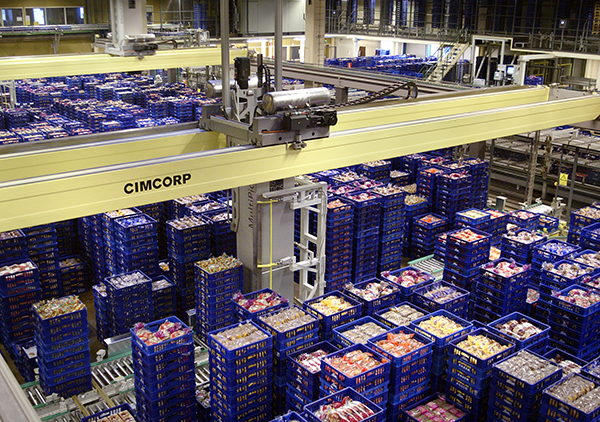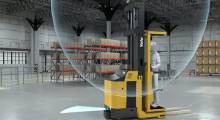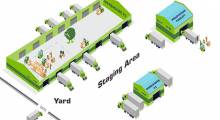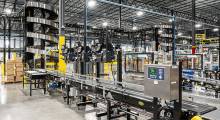It’s been dubbed “The Great Resignation.” Workers across the country are leaving their jobs in record numbers to pursue higher pay, better working conditions, and other career opportunities. A whopping 38 million workers called it quits by the end of 2021—some even leaving the workforce altogether due to concerns or constraints around COVID-19.
Now it’s up to employers to address the labor shortages. Some industries are feeling the strain more than others, particularly those that faced hiring and retention challenges long before the current wave of “quits.” This includes the warehousing and distribution sector.
Why the growing labor shortage?
The older generation of warehouse workers is gradually retiring, opening up many positions for young job seekers. But fewer and fewer are interested in the physically demanding, injury-prone nature of warehouse work.
What does that kind of work entail? In a traditional warehouse environment, employees are typically tasked with lifting, stacking, and transporting heavy containers or pallets in and out of storage.
They travel up and down aisles to pick and prepare customer orders, while keeping a constant eye out for safety hazards. Then they do it all over again. It’s repetitive and incredibly labor-intensive.
And in facilities with staff shortages, employees must work even harder and faster. Ultimately, it becomes a struggle to meet demand for fast, accurate order fulfillment.
So as the labor gap continues to widen, how can companies keep operations running smoothly and orders moving out the door? How can they better retain existing employees? And how can they attract the next generation of workers who have a whole new set of expectations for employment?
Automation could be the solution.
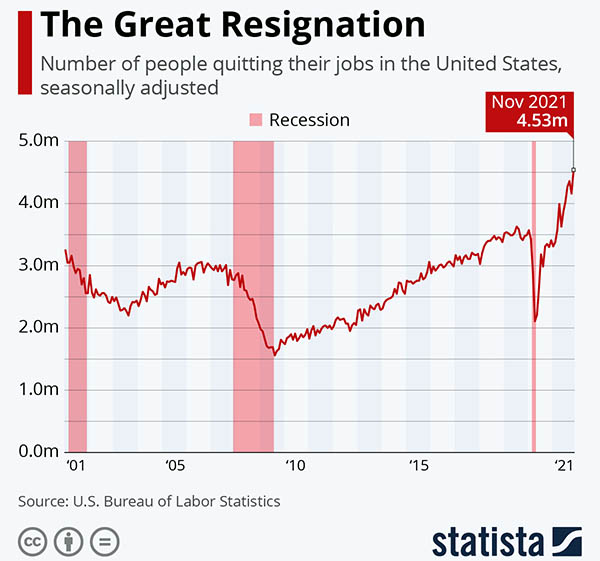
How automation bridges the gaps
In an automated warehouse, robots do the heavy lifting. Robotic systems, controlled by advanced software, can perform nearly every aspect of product handling with high speed, precision, and little human involvement.
This includes everything from automated guided vehicles (AGVs) and autonomous mobile robots (AMRs) that transport inventory between stages of the fulfillment process to automated storage and retrieval systems (ASRS) that bring goods in and out of storage. It also includes order-picking technology that can handle a limitless variety of products and packaging.
Equipped with automation, facilities can run at their best, 24/7—even when labor is scarce.
What does this mean for human employees?
As more and more companies adopt automation, the role of the warehouse worker will surely change. But change doesn’t have to be a bad thing. In fact, automation may actually offer new benefits for existing employees and help companies meet the expectations of up-and-coming job seekers.
Here are a few key examples:
1. Better working conditions with safety as a priority
With product handling automated, human employees work in significantly safer conditions. Automation can handle storage, retrieval, and order picking in a completely contained environment, free from human interaction. Employees don’t have to worry about avoiding fast-moving equipment or dangers like heavy falling loads. They’re well out of harm’s way.
Moreover, workers don’t have to risk strains or ergonomic injuries from all the repetitive bending, moving, and lifting. Instead, they can take on more engaging, value-added positions that pose less risk of injury. And better working conditions lead to heightened employee morale, performance and retention.
2. Tech focused roles with on-the-job training
Gen Z has grown up with technology in every part of their lives. Now that they’re entering the workforce, they gravitate towards tech-focused roles. With a reduced need for manual labor, companies can offer more sophisticated positions in the warehouse where employees work closely with software and technology.
Possibilities include supervising operations, releasing orders, reviewing performance data, and transport planning. Two major emerging roles are robotics system operators and maintenance personnel.
However, these positions will require a new set of skills. Companies should offer on-the-job training— something the Gen Z workforce generally expects from employers. Here, automation providers and integrators can help. Some offer hands-on employee training when a new system is installed, as well as ongoing training packages to get any new employees up to speed.
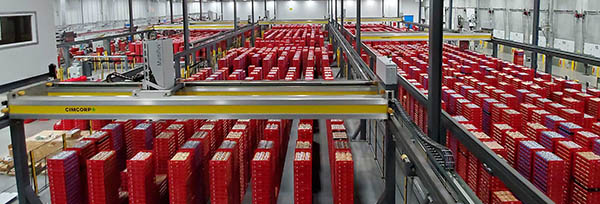
3. Alignment with values like sustainability
When it comes to choosing an employer or career path, the younger generations consider more than pay. Gen Z workers value sustainability and social responsibility more than any previous generation, and a high percentage will only work for an employer with similar values.
Jobseekers will look at a company's reputation, record, and stance on such issues before they accept or even apply for any positions.
An investment in warehouse automation can help companies support their sustainability initiatives and demonstrate that commitment to potential employees. While there are many ways automation can improve sustainability, here are just a few:
- Energy efficiency: Automated systems can operate in an energy-efficient, lights-out environment. And with all robotic movements and product flow optimized for efficiency by a warehouse control system (WCS), facilities can reduce excess emissions and improve energy usage.
- Reusable packaging: Facilities can opt to store products in reusable packaging, like plastic crates and totes. Automated systems can easily handle these packaging types, which, unlike cardboard alternatives, can be reused hundreds or even thousands of times.
- Waste reduction: By automating the distribution of perishables, like fresh fruits and vegetables, food brands and retailers can ensure that products reach stores and consumers as quickly as possible. This rapid product handling minimizes spoilage and maximizes shelf life, helping mitigate the big problem of food waste.
It’s time to invest for the future
Warehouse automation is rising everywhere, from retail and e-commerce to food production and even grocery delivery. Companies that make the investment today will be well-positioned to tackle labor challenges and start building a strong workforce for tomorrow.
And automation doesn’t have to be an all-or-nothing investment. Whether you’re looking to automate specific areas of your warehouse or your entire facility from end to end, robotic solutions are available to meet any need. It’s sure to be a win-win-win for your company, your current employees, and your future workforce.

About the author
Derek Rickard is director of sales at Cimcorp, where he leads the sales team in developing robotic order-fulfillment solutions to meet warehousing needs. With more than 20 years of supply chain experience, Rickard has worked on many of the first fully automated robotic picking systems in North America, with some of the largest exceeding 1 million cases per week.
Article topics
Email Sign Up

